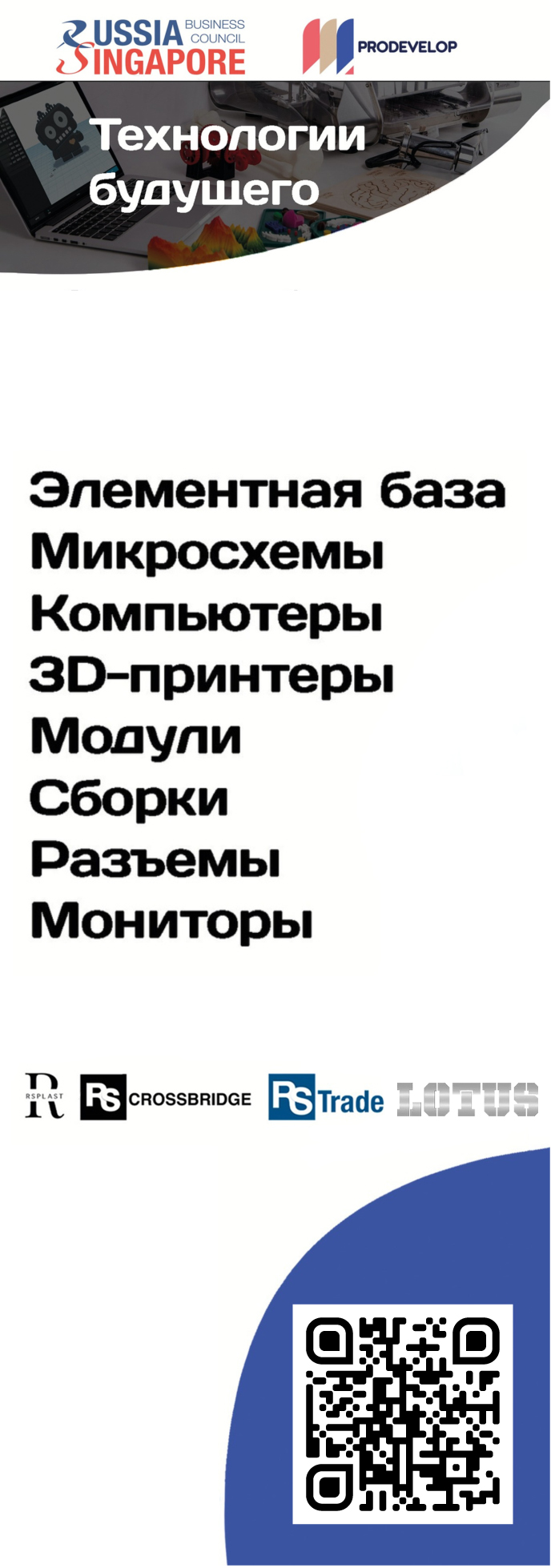
On 9 February 2018, the Bank of Russia Board of Directors decided to cut the key rate by 25 bp to 7.50% per annum. Annual inflation remains sustainably low. Inflation expectations are diminishing progressively. Short-term pro-inflationary risks have abated. Therefore the balance of inflationary and economic risks has shifted slightly towards the risks to economic growth. The uncertainty over the situation in global financial markets has increased. This year annual inflation is much less likely to exceed 4%. In this environment the Bank of Russia will continue to reduce the key rate and may complete the transition from moderately tight to neutral monetary policy in 2018.
In making its key rate decision, the Bank of Russia recognised the following factors.
Inflation dynamics. Annual inflation remained sustainably low. In January 2018 it stood at 2.2%. Permanent factors slow down consumer price growth alongside temporary factors. Furthermore, permanent factors may have stronger effect on inflation than previously estimated.
In January 2018, annual consumer price growth declined across all staple goods and services. Food inflation slowed to 0.7% while non-food inflation declined to 2.6%; service prices increased by 3.9%. According to Bank of Russia estimates, most annual inflation indicators reflecting the most sustainable price movements are below 4%.
Increased supply in the farm produce market continued to exert downward pressure on food inflation. Most factors associated with the 2017 harvest will cease to have a disinflationary influence in the first half of 2018. At the same time, investment in agriculture and the sector’s technological advancement pave the way for a sustainable increase in its production capacity in the medium term. The contribution of the exchange rate dynamics of the latest months to annual inflation slowdown will be exhausted by the end of the first quarter of this year.
The slowdown of inflation was conducive to inflation expectation decline which nevertheless remains unstable and uneven. This requires both further decrease in inflation expectations and reduction in their sensitivity to price changes.
The slowdown of annual consumer price growth may continue in the first half of 2018. This partially results from last year’s high base effect of food inflation. According to the Bank of Russia’s forecast, annual inflation will remain somewhat below 4% in 2018 and will hold close to this reading in 2019.
Monetary conditions. Monetary conditions were gradually easing in 2017. Interest rate dynamics was a key contributor to easing of monetary conditions. At the same time, real interest rates remain positive promoting savings. Non-price lending conditions have been largely constraining with banks demonstrating conservative approach to screening borrowers and increasing lending on the back of elevated borrowers’ risks. A balanced recovery of lending poses no pro-inflationary risks.
The key rate decision and the potential for its decrease in the future will contribute to further easing of monetary conditions, thus creating prerequisites for inflation to approach 4% and supporting domestic demand.
In the course of transition to neutral monetary policy, the shape of the yield curve will continue to return back to normal. Given the situation, the potential for lowering short-term rates is greater than for long-term ones.
Economic activity. The fourth quarter of 2017 saw a slowdown in economic activity. However, some uncertainty remains in the assessments of the reasons behind this slowdown, also due to temporary factors.
After decline in November 2017 in December 2017, industrial output resumed monthly growth. Producer sentiment remains relatively high. It will be further supported by higher domestic demand as real wages increase and global economic growth expands. Unemployment does not generate any excessive inflationary pressure.
Inflation risks. Short-term pro-inflationary risks have abated. Therefore the balance of inflationary and economic risks has shifted slightly towards the risks to economic growth. The uncertainty over the situation in global financial markets has increased. This year annual inflation is much less likely to exceed 4%. In this environment the Bank of Russia will continue to reduce the key rate and may complete the transition from moderately tight to neutral monetary policy in 2018.
The Bank of Russia hardly revised its medium-term risk estimates for inflation.
Depending on the situation, a number of factors may cause inflation to deviate from the target both upwards and downwards. They include the dynamics of highly volatile food and oil prices. The fiscal rule will set off the impact of oil market conditions on inflation and domestic economic environment as a whole. At the same time, certain factors generate mostly pro-inflationary risks: they include the developments in the labour market, potential changes in consumer behaviour, and the nature of inflation expectations.
In the medium term (in 2019-2020) the risks of inflation’s upward deviation from 4% still prevail over deviation below 4%. First, increased structural labour shortage may cause labour productivity growth to considerably lag behind wage growth. Second, inflationary pressure may stem from changes in households’ behaviour as the propensity to save becomes much lower. Third, inflation expectations remain elevated and subject to fluctuations caused by movements in prices of certain goods and services and the exchange rate. Besides, the medium-term balance of risks for inflation dynamics will depend on potential budgetary and tariff decisions in 2019–2020.The Bank of Russia will also monitor risks posed by external factors over the entire forecast horizon.
The Bank of Russia Board of Directors will hold its next rate review meeting on 23 March 2018. The Board decision press release is to be published at 13:30 Moscow time.
Source: http://cbr.ru/eng/press/keypr/





